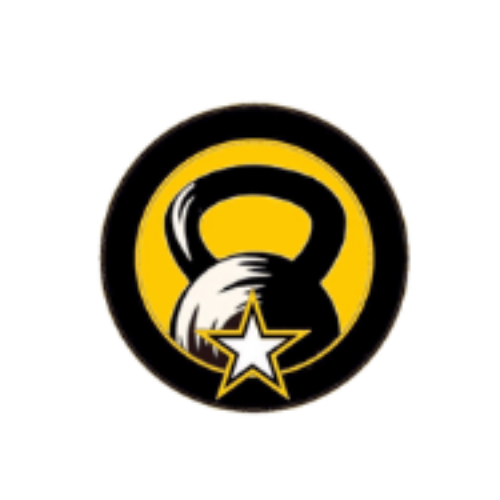The American Twist is a great core exercise that targets the obliques and helps improve rotational strength. Here’s a step-by-step guide for performing the American Twist without weights:
Video Instructions on How to Do An American Twist
Muscles Targeted:
- Obliques (side abdominal muscles)
- Rectus abdominis (front abdominal muscles)
- Lower back muscles
Instructions:
- Starting Position:
- Sit on the floor with your knees bent and your feet flat on the ground.
- Lean back slightly so that your torso is at a 45-degree angle to the floor. Keep your back straight and engage your core.
- Hand Position:
- Clasp your hands together in front of you.
- Twisting Motion:
- Without moving your legs, rotate your torso to the right, bringing your clasped hands towards the floor next to your right hip.
- Exhale as you twist, engaging your obliques.
- Return to Center:
- Inhale as you return to the center position.
- Twist to the Other Side:
- Repeat the twisting motion, this time rotating your torso to the left and bringing your hands towards the floor next to your left hip.
- Repetition:
- Continue alternating from side to side, creating a twisting motion through your core.
- Each twist to both sides counts as one repetition.
- Breathing:
- Exhale as you twist.
- Inhale as you return to the center.
- Tips:
- Keep your back straight throughout the movement to protect your spine.
- Engage your core muscles to maximize the benefits of the exercise.
- Start with a slow and controlled movement, and as you become more comfortable, you can increase the pace.
- Repetition and Sets:
- Aim for 10-15 repetitions per set.
- Perform 2-3 sets, depending on your fitness level.
Important Note: Before starting any new exercise routine, especially if you have pre-existing health conditions or concerns, it’s advisable to consult with a healthcare professional or a fitness expert to ensure that the exercise is safe for you.
Remember to listen to your body and stop the exercise if you experience any pain beyond the normal discomfort associated with challenging your muscles.



